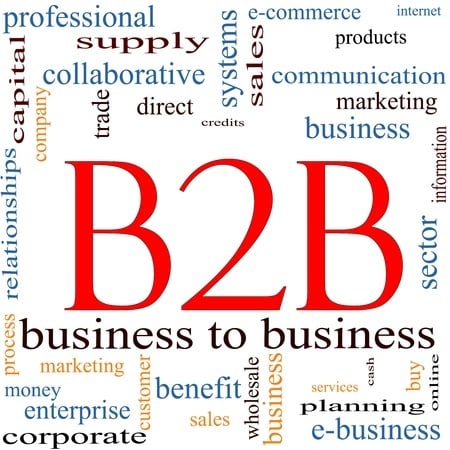
Photo by pexels.com
In the dynamic landscape of modern business, the brands that stand out most are those that evoke emotion, cultivating profound connections that extend beyond mere transactions. With the ubiquity of data analytics and performance metrics, it’s easy to forget one essential ingredient: the human factor. Emotions aren’t just intangible feelings; they are potent drivers of decision-making and brand loyalty. This is where understanding and measuring Emotional Experience (EE) becomes a game-changer for businesses. While there are several methods to capture this emotional pulse, the EVI® stands out as a notable tool. However, the crux of our discussion is not just the method but the immense importance of integrating EE into your business strategy.
Why Emotions Matter in Business
Every business transaction, at its core, is a human interaction. Whether B2B or B2C, the end recipient of any service or product is an individual, governed by a blend of rationality and emotion. Think about the most memorable purchases or interactions you’ve had. Were they purely logical decisions, or was there a surge of satisfaction, happiness, or even aspiration?
Research consistently shows that emotionally engaged customers are more likely to recommend a product, repurchase, and remain loyal to a brand. This loyalty means higher customer lifetime value and more consistent revenue streams. Emotions also influence not just the outcome of a purchase decision but the entire customer journey, from initial brand awareness to post-purchase feelings.
The Ripple Effects of Emotional Experience
Enhanced Customer Loyalty: When customers have a positive emotional experience with a brand, they’re not just satisfied—they’re enchanted. Such customers become brand advocates, resulting in organic word-of-mouth marketing, which is incredibly potent.
Greater Purchase Intent: Positive emotions can often accelerate the decision-making process. When customers associate joy, trust, or satisfaction with a brand, they’re more likely to purchase, often expanding their usual spending boundaries.
Buffer Against Negative Feedback: No business is immune to hiccups. However, a reservoir of positive emotional experiences can act as a buffer. Customers are more likely to forgive brands they have an emotional connection with, ensuring that occasional missteps don’t lead to significant revenue losses.
Strategizing with Emotional Experience
While recognizing the value of EE is crucial, the real advantage lies in harnessing this knowledge strategically. Here’s how businesses can integrate EE into their strategy:
Segmentation and Personalization: By understanding the emotional drivers of different customer segments, businesses can tailor their offerings, ensuring higher resonance. This could mean curating product bundles, crafting targeted marketing campaigns, or even reimagining user experiences on digital platforms.
Product Development: Emotions can guide innovation. By identifying what makes customers elated, relaxed, or empowered, brands can iterate and innovate their product line, ensuring their offerings remain relevant and appealing.
Post-Sale Engagements: The customer journey doesn’t end with a sale. Post-purchase emotions are potent indicators of future loyalty. By gauging these, brands can design effective post-sale engagements, from customer support to loyalty programs.
Feedback Loops: Incorporating EE into feedback mechanisms provides businesses with a richer, more holistic view of their performance. While traditional metrics might indicate success, understanding emotional feedback can reveal opportunities for enhancement or areas of latent dissatisfaction.
In Conclusion: The Emotional Frontier
While businesses have long realized the value of metrics, KPIs like EVI®, and other tangible measures of success, the emotional dimension remains relatively uncharted. However, as the market becomes increasingly competitive and products more commoditized, it’s the emotional quotient that will set brands apart.
Embracing EE doesn’t mean abandoning logic or traditional business wisdom. Instead, it’s about enriching data with depth, ensuring strategies are not just smart but resonate deeply. The age-old adage, “People will forget what you said, people will forget what you did, but people will never forget how you made them feel,” holds remarkably true in the business realm. By understanding, valuing, and strategizing around Emotional Experience, businesses open doors to unparalleled loyalty, advocacy, and growth.



